Living in the fast lane of modern life often makes us forget the simple joy of slowing down. Away from Italy’s bustling tourist hotspots, countless small villages preserve a way of life that feels like stepping into a gentler time. These hidden gems scattered across the Italian countryside offer more than just beautiful views—they provide a chance to experience life at a pace where every moment can be savored.
Take a journey through these charming villages where time seems to move as slowly as the local wine aged in centuries-old cellars. Let’s discover places where you can truly embrace the art of slow living.
Castelluccio
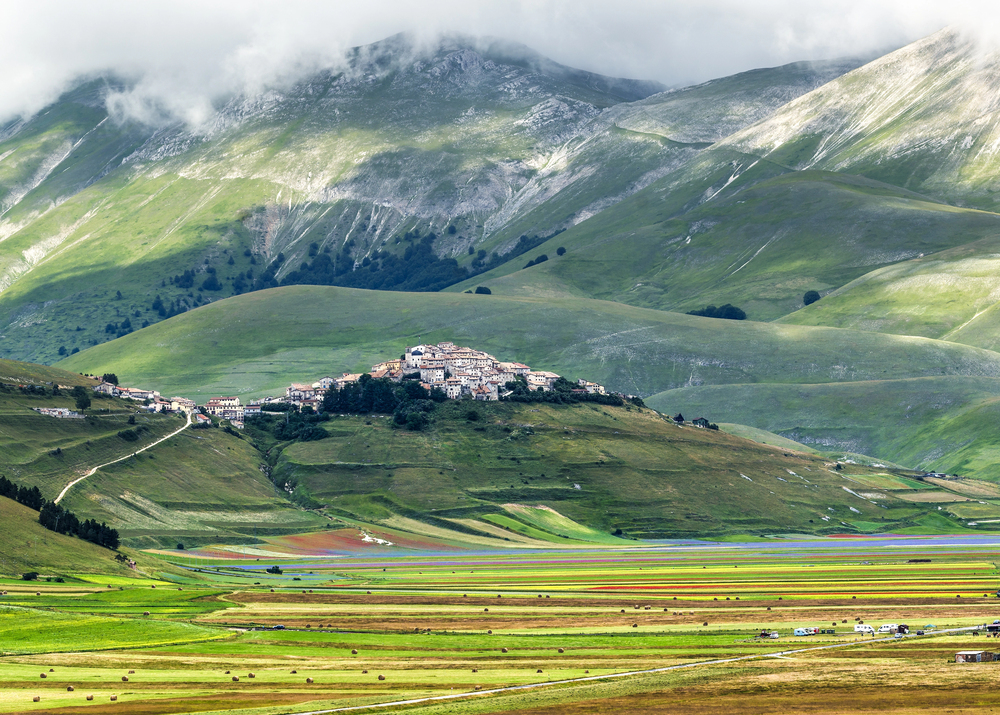
Perched high in Umbria’s mountains, Castelluccio sits like a watchful guardian over the stunning Piano Grande plain. This tiny village comes alive in early summer when the valley below explodes with a rainbow of wildflowers known as ‘la Fiorita.’
Life here moves to the rhythm of shepherds tending their flocks and the changing seasons. The local lentils are so precious that their geographical indication status protects them.
Civita di Bagnoregio
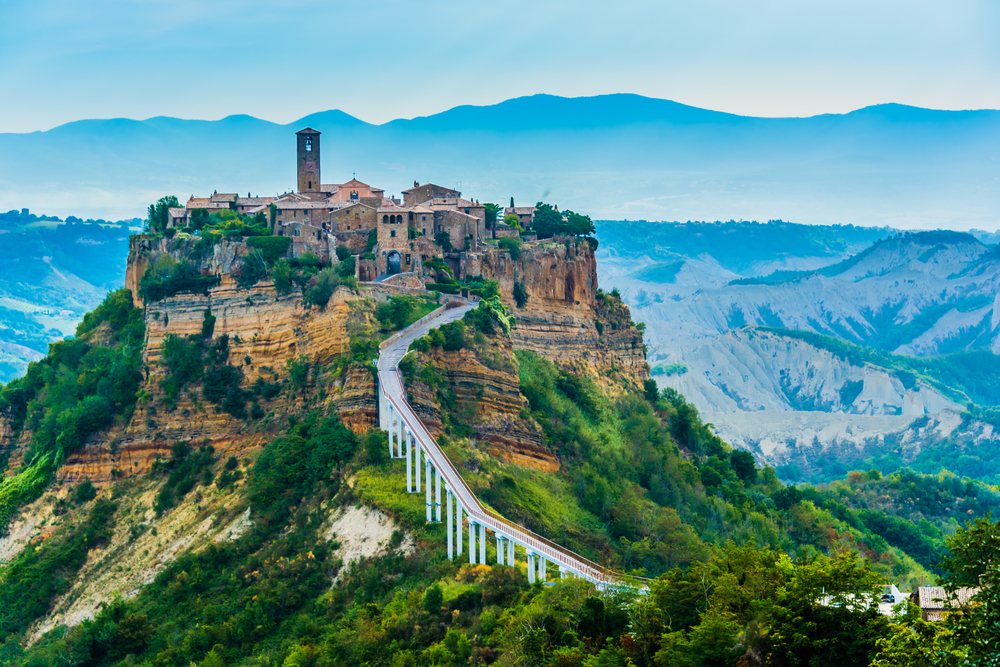
This village, connected to the modern world only by a footbridge, seems to float on its plateau of volcanic rock. The handful of year-round residents keep ancient traditions alive in this place known as the ‘dying city’ due to its slowly eroding foundations.
Narrow lanes wind between medieval houses, where cats sun themselves on windowsills. The village’s isolation has preserved authenticity, making it feel like a living museum.
Like Travel Pug’s content? Follow us on MSN.
Pietrapertosa
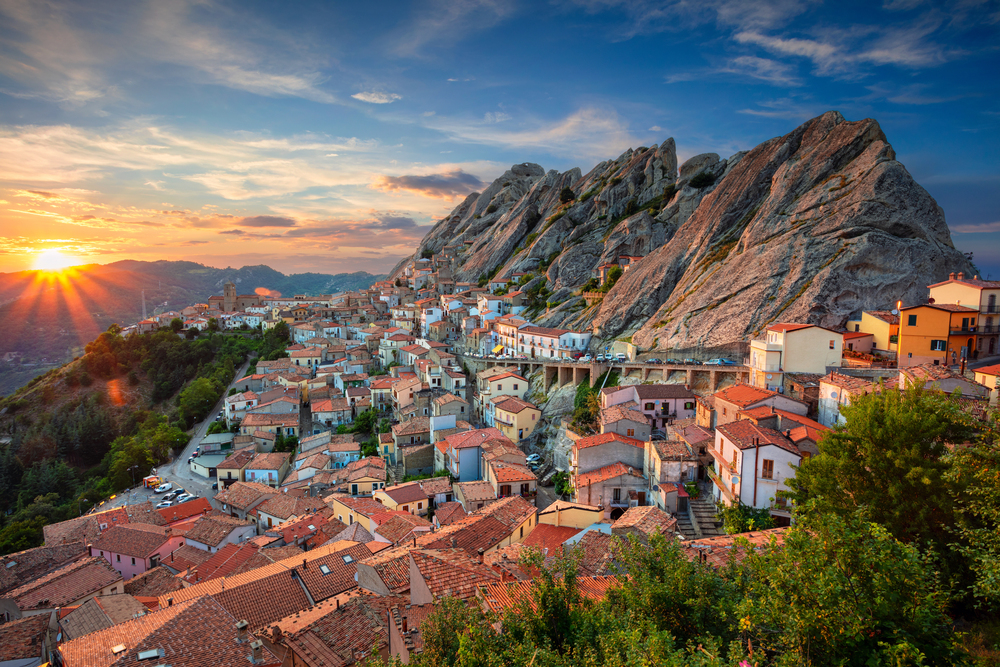
Carved into the rugged Dolomiti Lucane mountains, Pietrapertosa blends seamlessly into its rocky perch. The village’s stone houses grow naturally from the mountainside, creating a unique harmony between human architecture and nature.
Ancient Saracen influences can still be seen in the narrow streets and archways. Brave visitors can take the ‘Flight of the Angel’ zipline to the nearby village of Castelmezzano for an unforgettable view.
Collodi
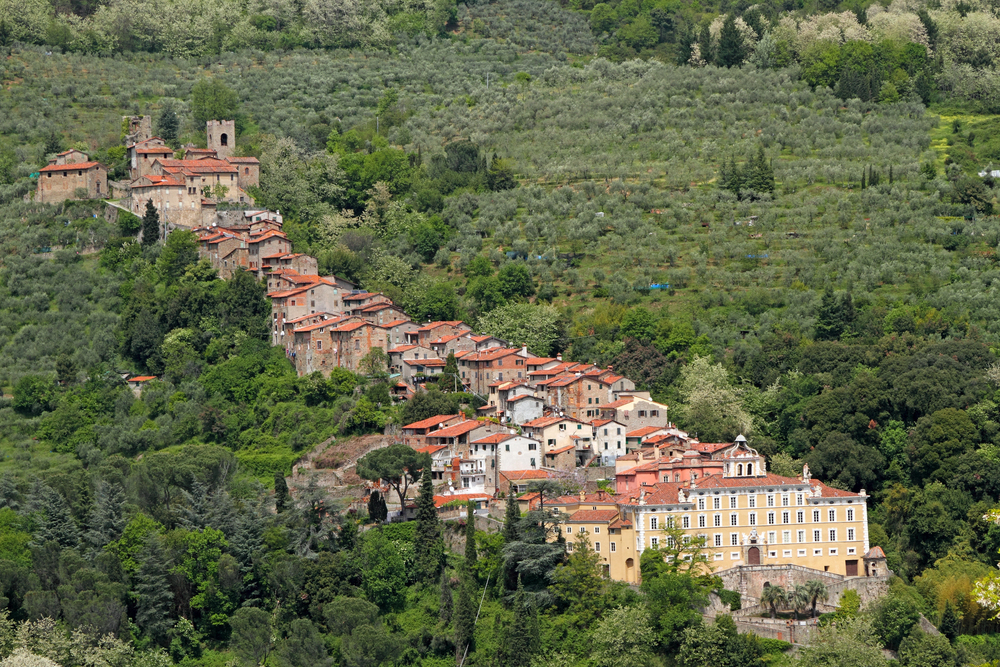
This charming Tuscan village tumbles down a hillside like a cascade of pastel-colored houses. Famous as the birthplace of Pinocchio’s creator, Carlo Collodi, the village maintains its storybook charm with winding staircases and hidden gardens.
The spectacular Baroque garden of Villa Garzoni provides a peaceful retreat for afternoon walks. Local restaurants serve traditional recipes that have remained unchanged for generations.
Cervo
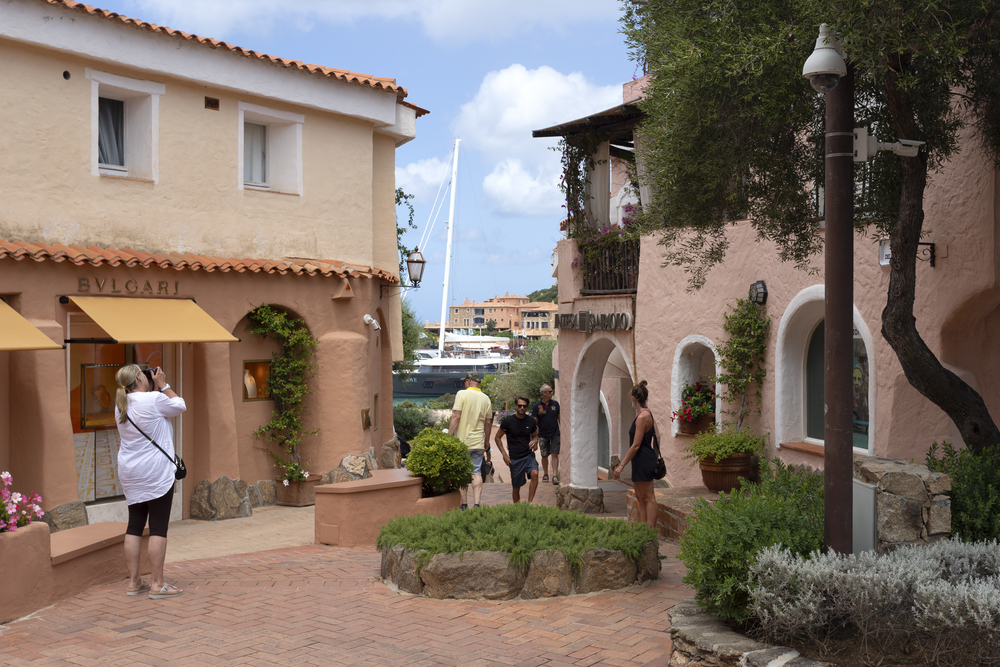
This seaside village in Liguria offers a peaceful alternative to the busy Italian Riviera. Medieval walls still protect the heart of the village, where narrow caruggi lead to surprising sea views.
The village’s baroque church hosts renowned chamber music concerts that fill summer evenings with melody. Life here revolves around the small harbor where fishing boats still bring in the daily catch.
Like Travel Pug’s content? Follow us on MSN.
Calcata
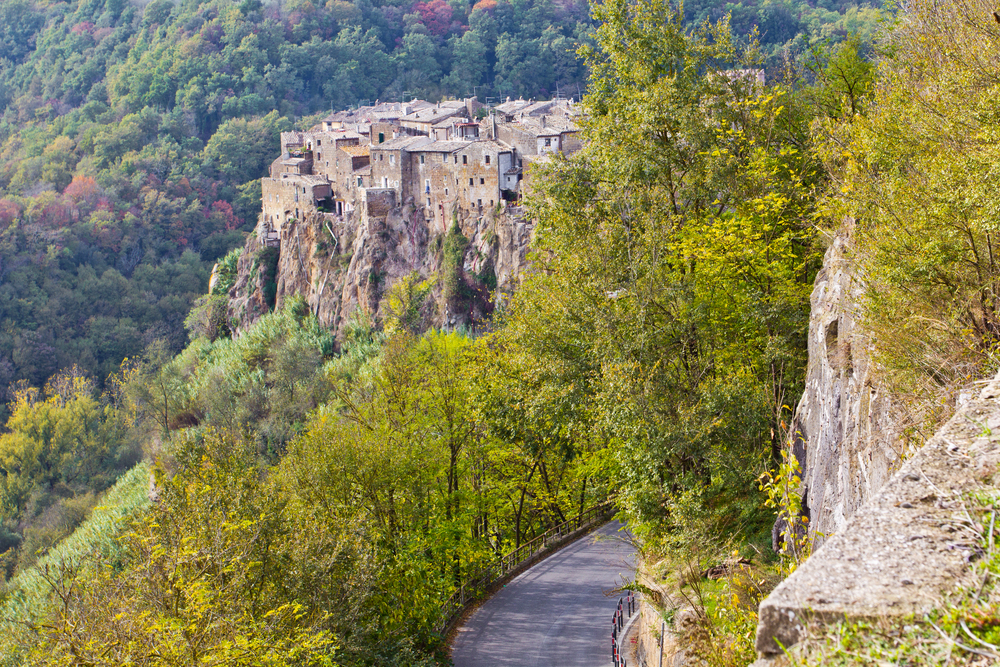
Built atop a volcanic cliff near Rome, this artist’s haven proves that even hippies can preserve history. The village was abandoned in the 1960s but found new life when artists and craftspeople moved into its medieval buildings.
Every studio and home has been carefully restored while maintaining the village’s ancient character. The surrounding forest adds to the magical atmosphere that has inspired generations of creators.
Castellaro Lagusello
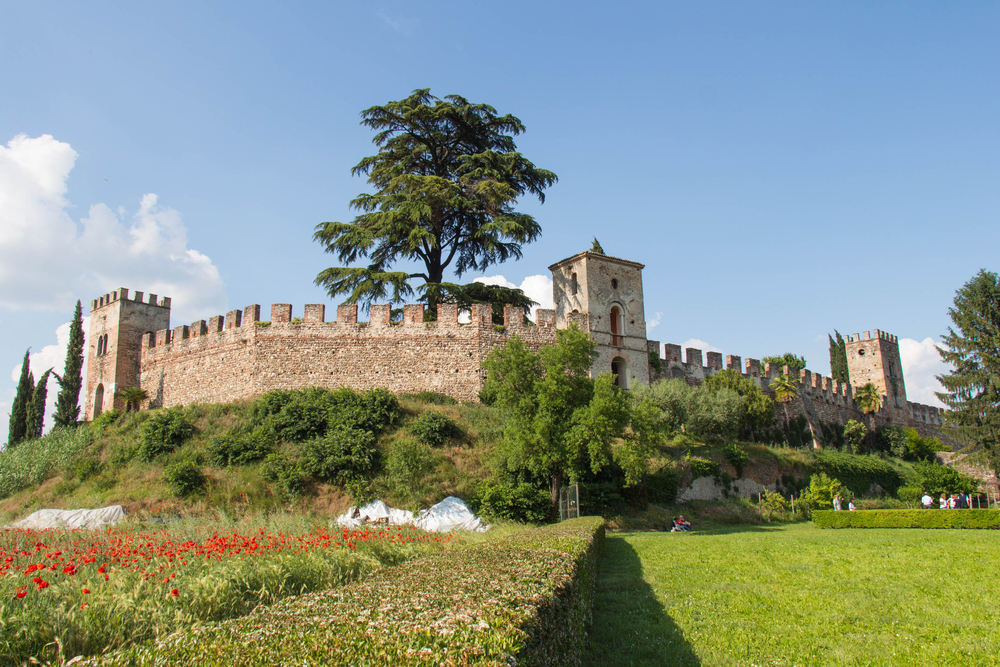
This perfectly preserved medieval village forms a heart shape when viewed from above. The small lake beside the village reflects the ancient walls like a mirror, creating picture-perfect photos in any season.
Every stone in the village tells a story from its centuries as a defensive stronghold. The surrounding vineyards produce excellent wines that can be sampled in the village’s intimate enotecas.
Pitigliano
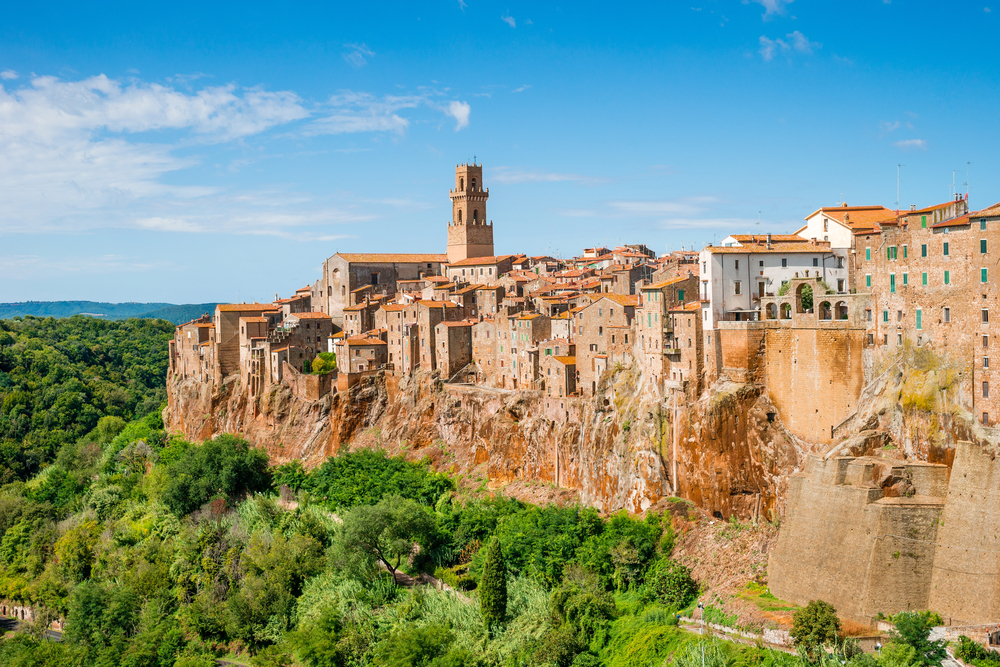
Pitigliano rises dramatically from volcanic tufa cliffs. It is known as ‘Little Jerusalem’ for its historic Jewish community. The golden stone buildings glow at sunset, creating one of Tuscany’s most breathtaking views.
Ancient caves and tunnels beneath the village once stored wine and olive oil. The village’s unique mix of Jewish and Catholic heritage created traditions that continue today.
Like Travel Pug’s content? Follow us on MSN.
Savoca
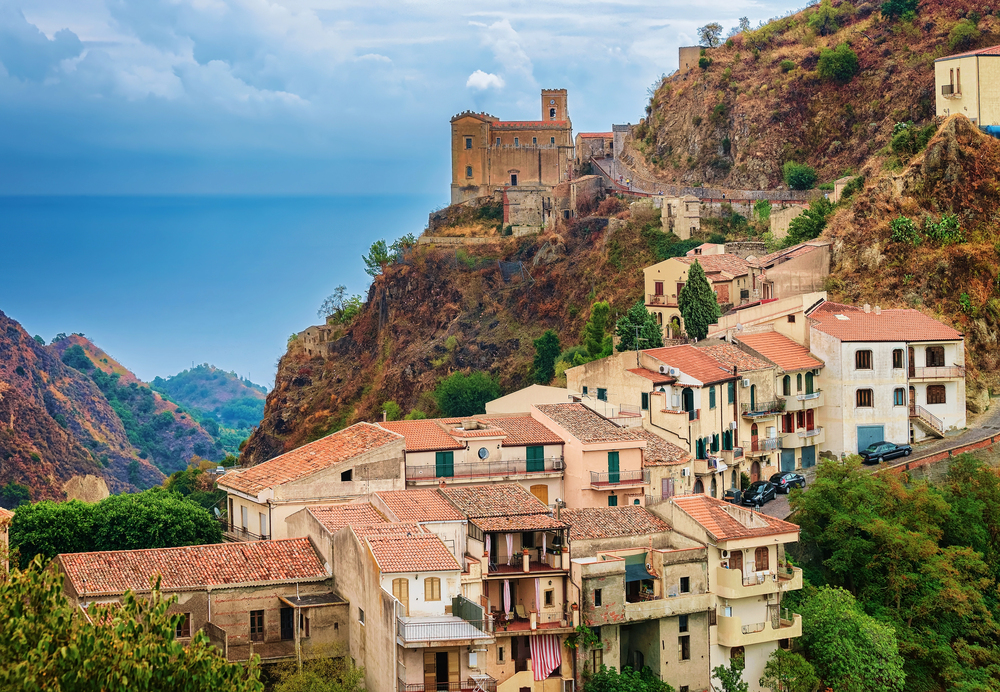
This Sicilian village gained fame as a filming location for ‘The Godfather’ but retained its authentic charm. Narrow streets wind between stone houses where time seems to have stopped in the 1940s.
The famous Bar Vitelli still welcomes visitors with granita and a collection of photos from the film’s production. The village offers stunning views of Mount Etna and the Mediterranean Sea.
Montefalco
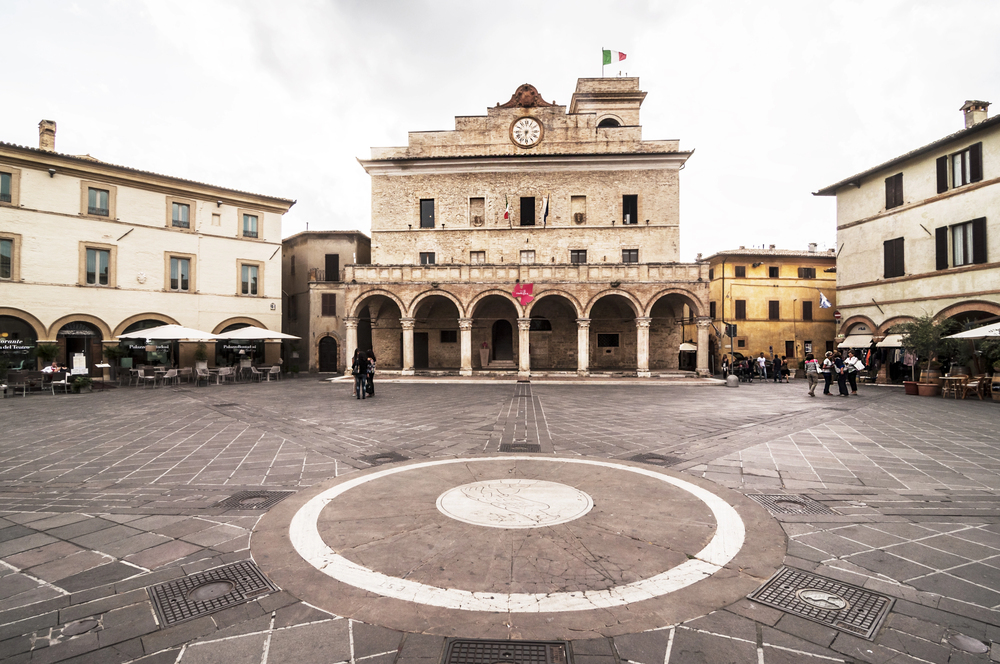
The ‘Balcony of Umbria’ earned its nickname from its commanding views over the region’s olive groves and vineyards. Local Sagrantino wine has brought quiet fame to this village of medieval towers and churches.
Through the centuries, artists have left their mark in churches decorated with stunning frescoes. The village’s circular layout follows the original Roman design, creating a natural path for evening walks.
Dozza
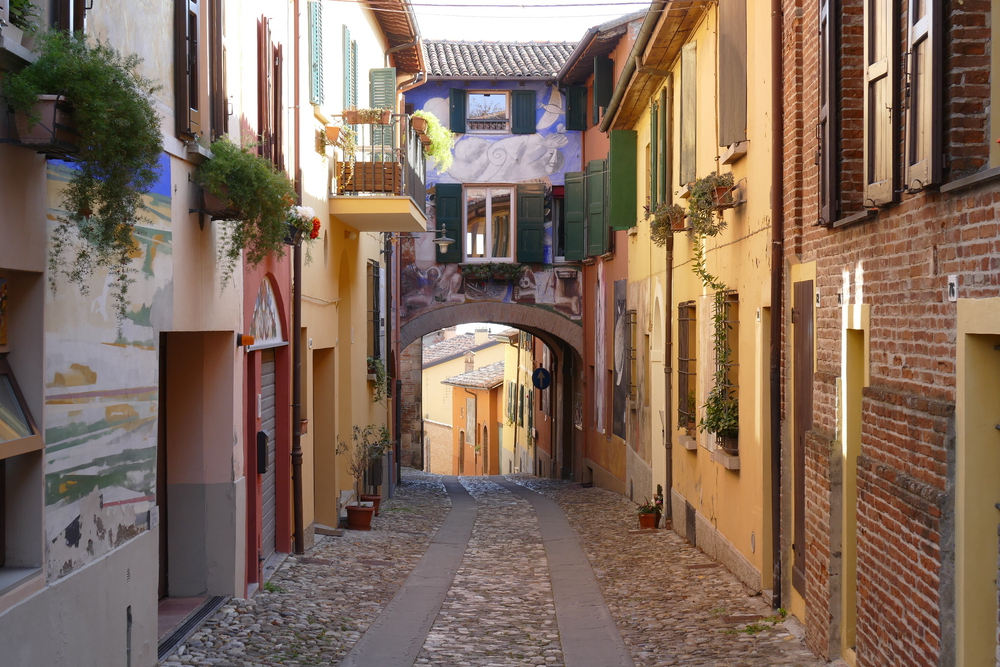
During the biennial festival of painted walls, every wall in this village becomes a canvas. Artists worldwide have transformed this medieval village into an open-air gallery. The village’s well-preserved castle houses a regional wine store featuring local labels.
Even the smallest alleyways surprise visitors with colorful murals that change the mood with the shifting sunlight.
Like Travel Pug’s content? Follow us on MSN.
Mezzano
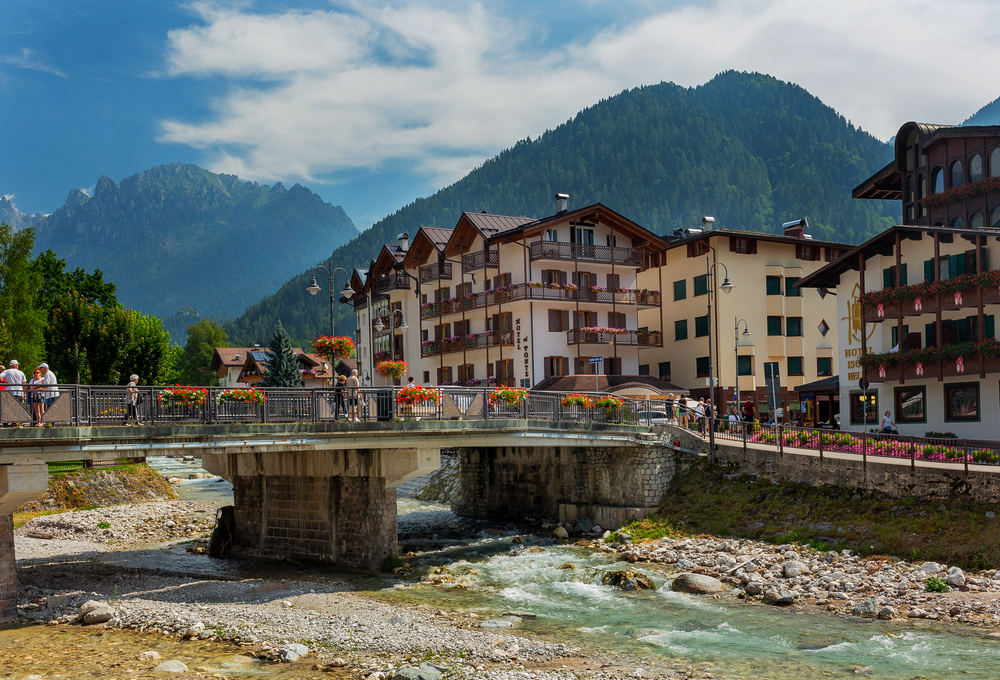
Nestled in the Dolomites, Mezzano turns woodpiles into art with its distinctive stacked wood displays. The village’s traditional alpine architecture has earned it recognition as one of Italy’s most beautiful villages.
Mountain streams provide a constant soundtrack to daily life. Local traditions focus on preserving the delicate balance between human life and mountain nature.
Fontanellato
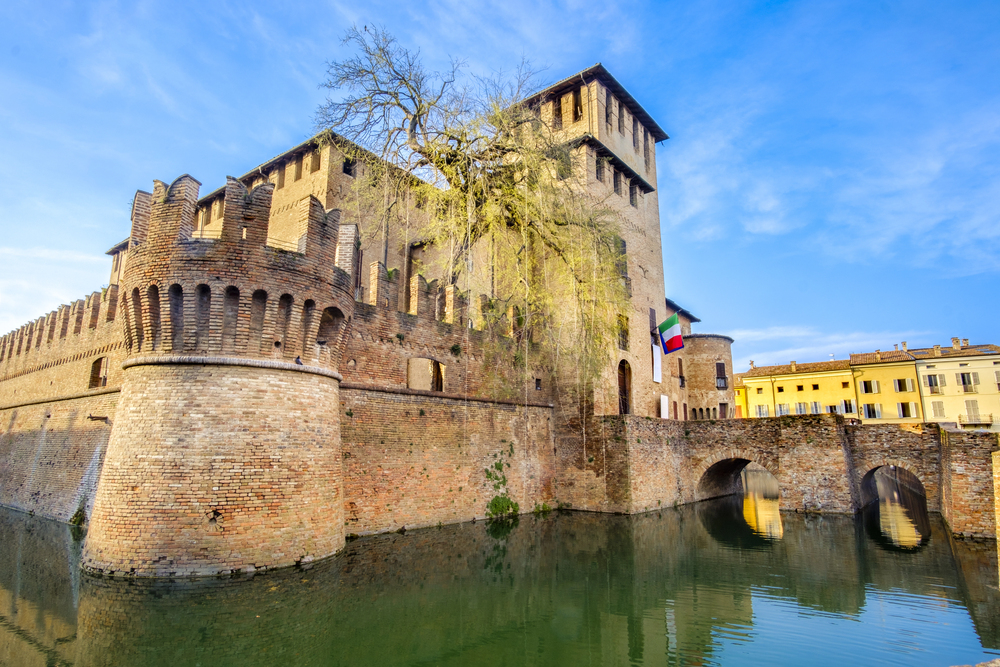
A moated castle forms the heart of this charming village in the Emilia-Romagna countryside. The slow food movement thrives here, with local producers making Parmigiano-Reggiano using centuries-old methods.
Weekly markets fill the main square with colors and aromas of seasonal produce. The castle’s rooms contain perfectly preserved frescoes that tell stories of romance and mythology.
Bovino
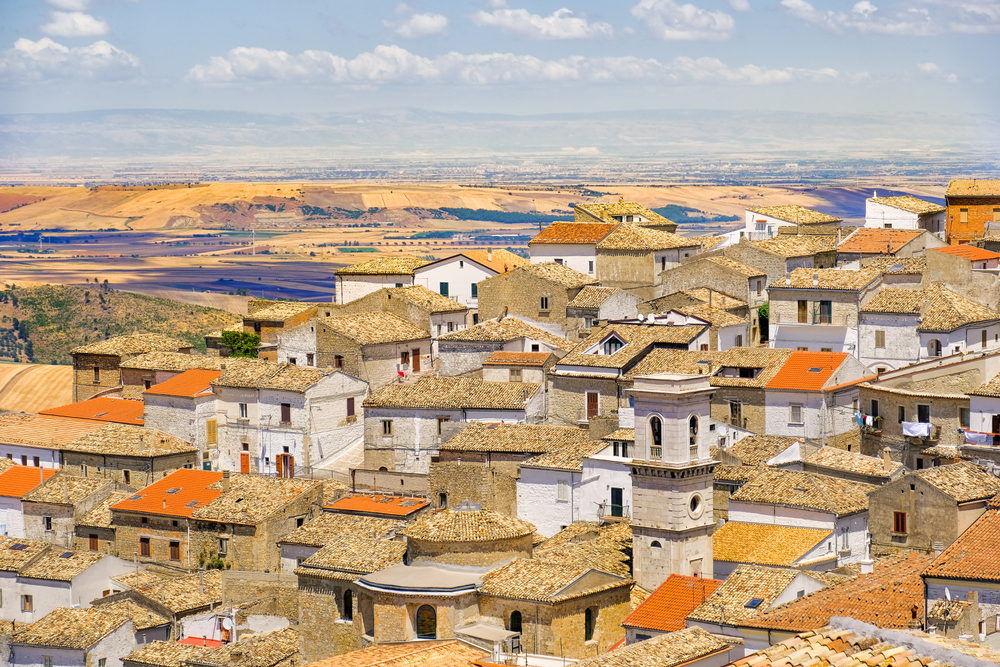
This village in Puglia’s misty mountains offers a different view of Italy’s sun-soaked south. Ancient doorways and arched passages create frame-worthy photos at every turn.
The village’s position along ancient shepherding routes influenced its unique mix of traditions and flavors. Local grandmothers still make orecchiette pasta in doorways, creating an unmistakable soundtrack to village life.
Like Travel Pug’s content? Follow us on MSN.
Santo Stefano di Sessanio
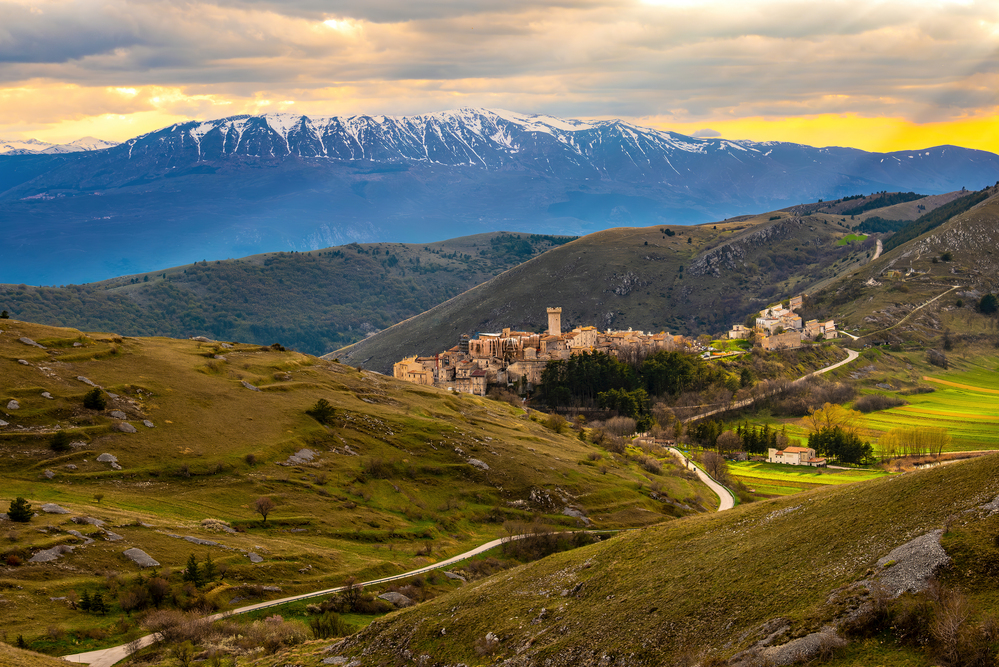
This restored mountain village shows how thoughtful tourism can bring new life to ancient places. Every building uses original materials and techniques in its restoration, maintaining the village’s authentic character.
The village hotel spreads rooms throughout different buildings, allowing visitors to live like locals. Workshops keep traditional crafts alive, from lace-making to herb gathering.
Zavattarello
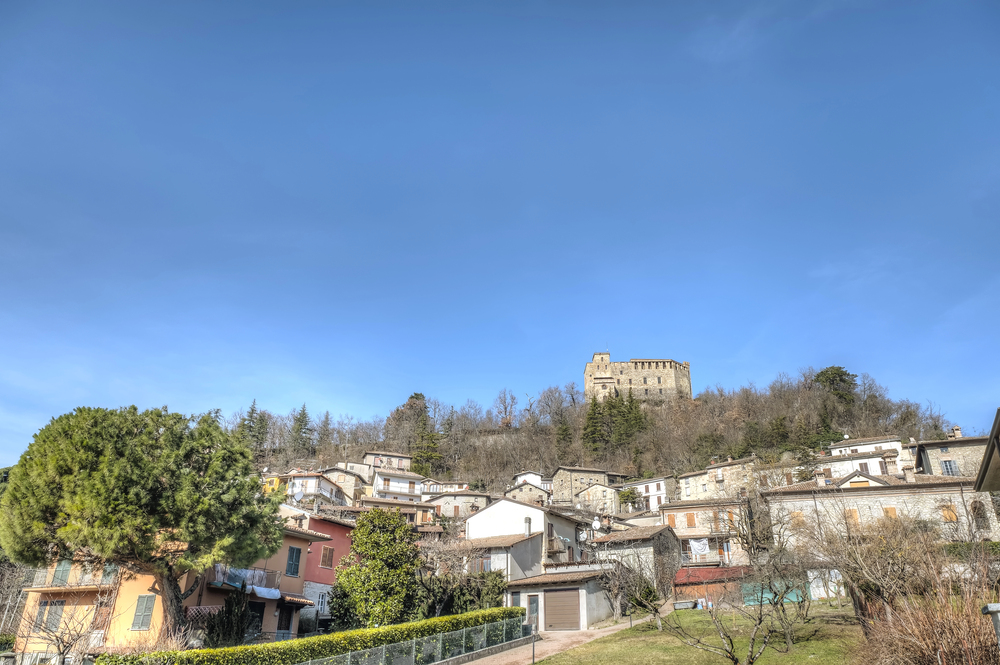
A perfectly preserved castle crowns this village in the Oltrepò Pavese hills. The surrounding woods provide endless opportunities for peaceful walks and mushroom hunting.
Local farms still practice traditional agriculture and produce exceptional honey and cheese. The village’s position away from major roads has helped preserve its authentic atmosphere.
Castel di Tora
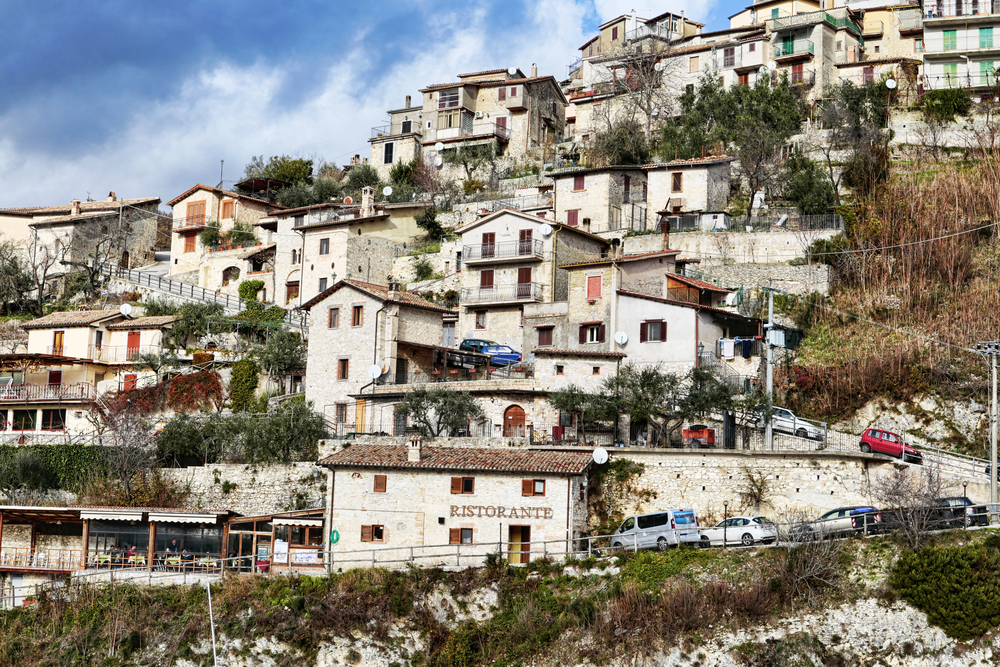
This lakeside village reflects perfectly in the waters of Lake Turano, creating double the beauty. Ancient stone houses rise from the water’s edge, connected by stairs and passages worn smooth by centuries of use.
The village’s position in a regional park ensures peaceful surroundings for nature walks. Local restaurants serve freshwater fish prepared according to recipes passed down through generations.
Like Travel Pug’s content? Follow us on MSN.
Vipiteno
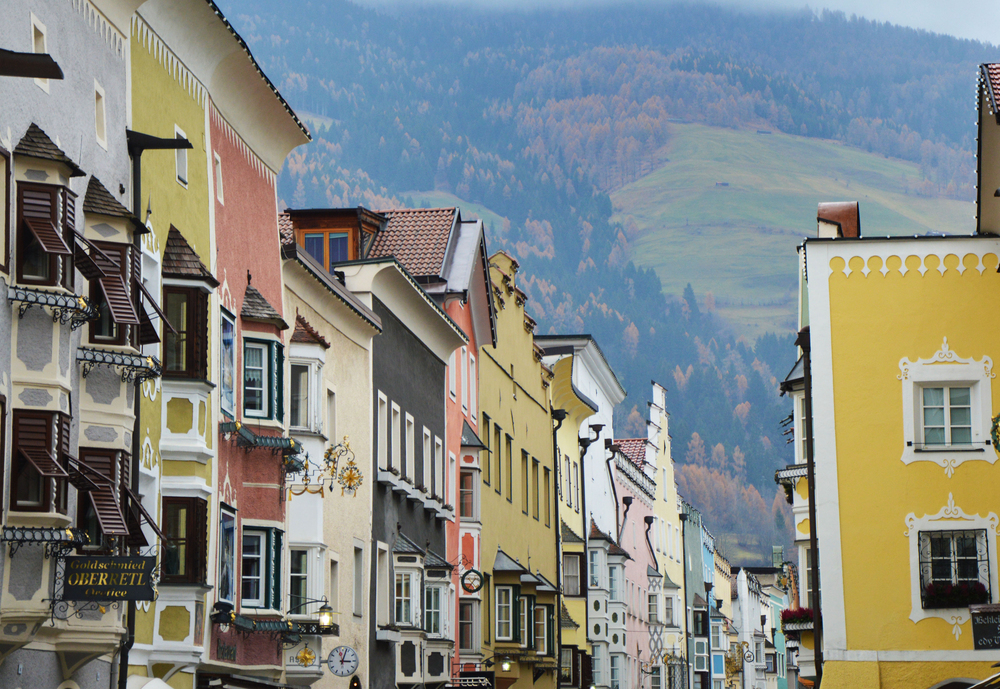
This alpine village in the Italian mountains has a touch of Austrian influence. Medieval merchant houses painted in pastel colors line the main street, creating a fairytale atmosphere.
The village’s famous pointed church tower is a landmark throughout the valley. Local mines once produced silver, but today, the village attracts tourists with its perfect blend of Italian and Austrian cultures.
Neive
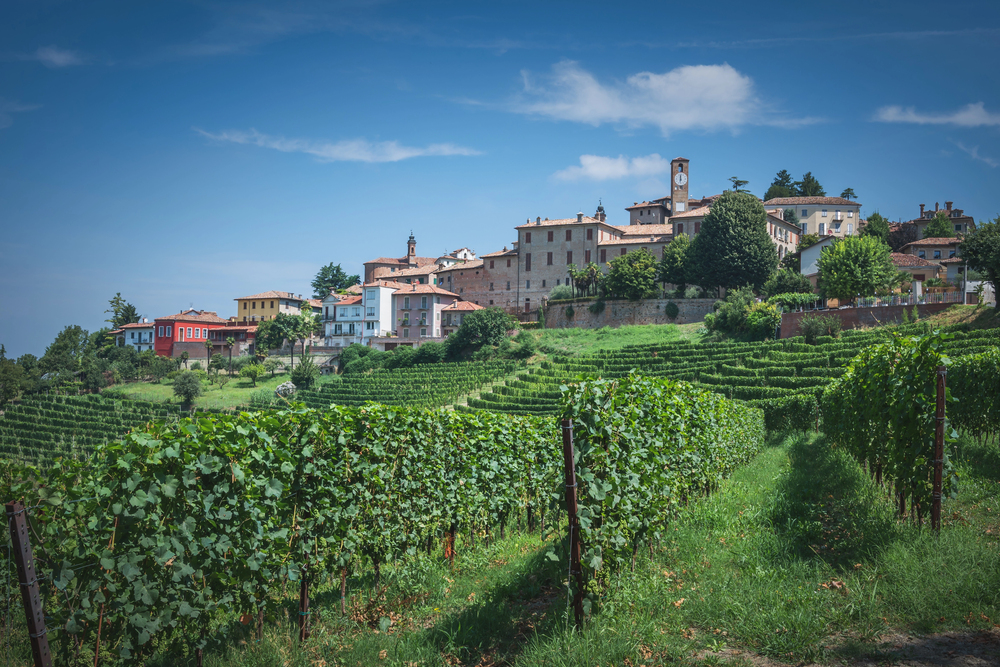
One of the wine capitals of the Langhe region, Neive takes pride in its slow approach to life. The village’s position atop a hill provides views over endless rows of Nebbiolo grape vines.
Local wine cellars offer tastings that can stretch for hours in true Italian style. The village clock tower has kept time for centuries, though few residents pay it much attention.
Bagnone
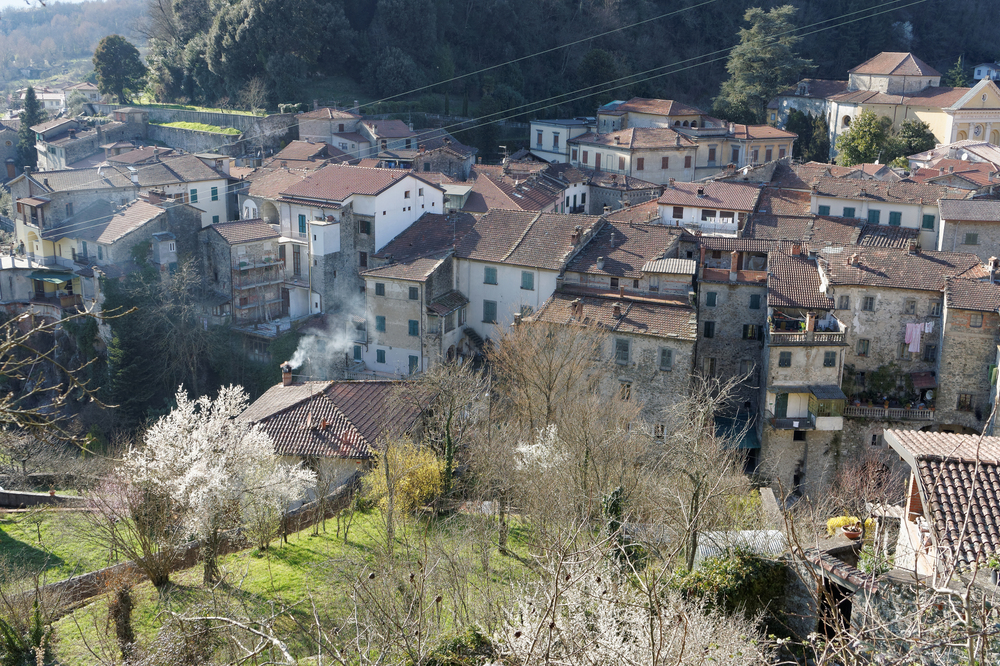
This Tuscan gem in the Lunigiana region centers around a robust medieval castle perched above a rushing mountain stream. The village’s stone bridges and cobbled paths tell stories of its past as an important stop on medieval pilgrimage routes.
Local trattorias serve traditional testaroli pasta that dates back to the Roman era. The surrounding chestnut forests have provided food and income for villagers since ancient times.
Like Travel Pug’s content? Follow us on MSN.
Paper Memories to Digital Dreams
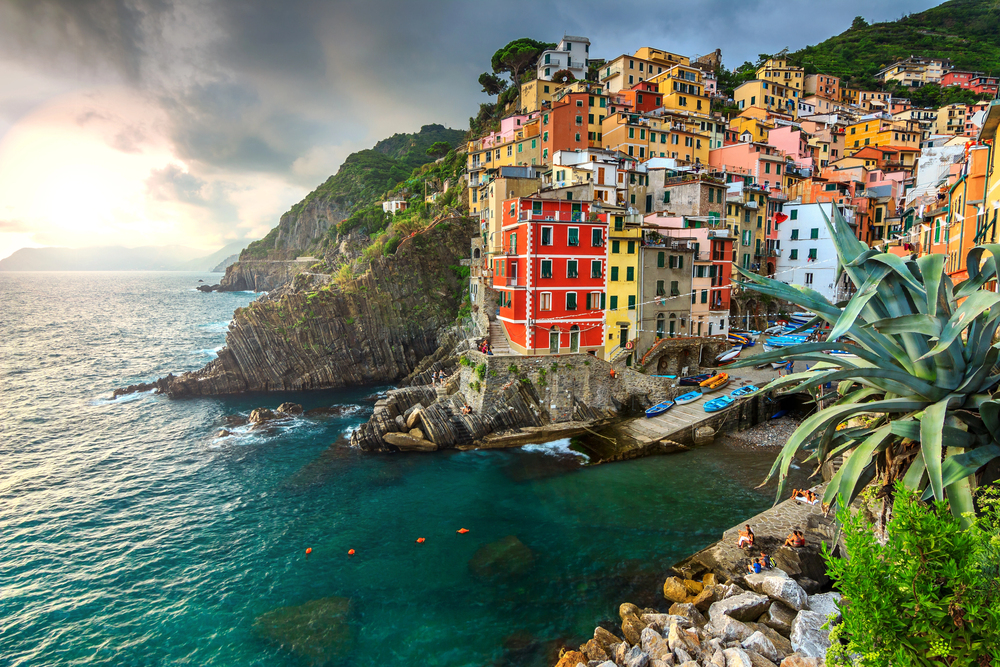
These villages remind us that some places still value moments over minutes and conversations over notifications. They preserve a way of life that modern travelers increasingly seek: joy comes from taking time to notice details.
In an age of instant everything, these Italian villages show that the best experiences often come from slowing down and gradually letting a place reveal itself. Each village offers its version of what Italians call ‘la dolce vita’ – proving that sometimes the sweetest life is also the slowest.
More from Travel Pug

- 20 Towns Built for One Purpose That Were Later Abandoned
- 15 Hidden Spots in Disney World’s Magic Kingdom Most Visitors Miss
- 15 Most Scenic Walks Anywhere in The World
- 15 Canyons in the U.S. That Are Just as Stunning as the Grand Canyon
- 10 Under-the-Radar Mountain Towns That Are Both Affordable and Beautiful
Like Travel Pug’s content? Follow us on MSN.
